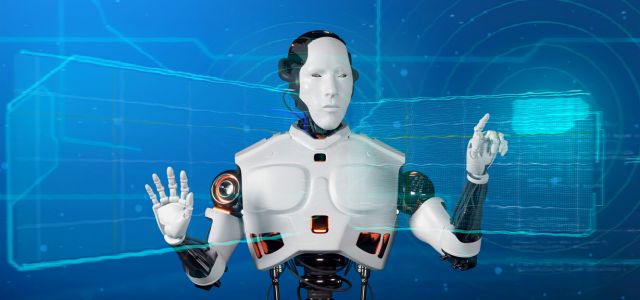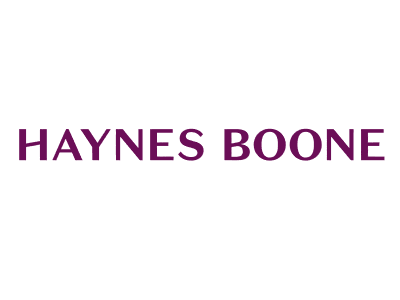The USPTO recently issued inventorship guidance for inventions assisted by artificial intelligence (AI). The guidance explains that “AI-assisted inventions are not categorically unpatentable.” However, a natural person must have provided a “significant contribution” to the invention for it to be patentable. The inventorship inquiry thus focuses on “human contributions, as patents function incentivize and reward human ingenuity.”
The USPTO’s guidance is influenced by Thaler v. Vidal, 43 F.4th 1207 (Fed. Cir. 2022), where the US Court of Appeals for the Federal Circuit upheld the USPTO’s denial of petitions to name an AI system as an inventor on two patent applications. The court held that “only a natural person can be an inventor, so AI cannot be.” Consistent with Thaler, the guidance provides that an inventor or joint inventor “must be a natural person.” In Thaler, the Federal Circuit did not address whether an inventor can be said to have significantly contributed to an invention by using an AI system. Rather, the court addressed the limited question of whether an AI system alone may be an inventor.
Determining whether there is a “significant contribution” by a natural person
When there are two or more natural persons as inventors, each person must have made a “significant contribution” to the claimed invention to be named as an inventor. In Pannu v. Iolab Corp., 155 F.3d 1344, 1351 (Fed. Cir. 1998), the court explained that to qualify as an inventor or joint-inventor, a natural person must satisfy each of the following three requirements:
(1) contribute in some significant manner to the conception or reduction to practice of the invention,
(2) contribute to the claimed invention that is not insignificant in quality, when that contribution is measured against the dimension of the full invention, and
(3) do more than merely explain the real inventor’s well-known concepts and/or the current state of the art.
In the context of AI-assisted inventions, each claim of an application or patent must have been invented by at least one natural person to establish proper inventorship in compliance with the Pannu test.
Guidelines for applying the “significant contribution” standard
The guidance acknowledges that “[d]etermining whether a natural person’s contribution in AI-assisted inventions is significant may be difficult to ascertain, and there is no bright-line test.” The USPTO provides the following non-exhaustive list of principles to aid in determining whether a natural person who used AI in some part may be an inventor:
(1) A natural person’s use of an AI system to create an AI-assisted invention does not negate the person’s contributions as an inventor, provided the person contributes significantly to the AI-assisted invention.
(2) Merely recognizing a problem or having a general goal or research plan to pursue does not rise to the level of conception. A natural person who only presents a problem to an AI system may not be a proper inventor of an invention identified from the output of the AI system. However, a significant contribution could be shown by the way the person constructs the prompt in view of a specific problem to elicit a particular solution from the AI system.
(3) Reducing an invention to practice alone is not a significant contribution that rises to the level of inventorship. However, a person who takes the output of an AI system and makes a significant contribution to the output to create an invention may be a proper inventor.
(4) A natural person who develops an essential building block from which the claimed invention is derived may have provided a significant contribution to the conception of the claimed invention.
(5) Maintaining “intellectual domination” over an AI system does not, on its own, make a person an inventor of any inventions created using the AI system.
Takeaways
A person using an AI system would do well to document the significant contributions they make in the invention process as evidence that the person conceived of the invention. Inventors can show a significant contribution by the way they construct prompts for the AI system. For example, a significant contribution may be found when a natural person directs the AI system to bring about a particular solution in view of a specific problem and guidance identified by the person. Another example of a significant contribution may be for the person to feed the AI system constraints, facts, and directions and then limit the use of the AI system to performing an experiment.
We expect that the USPTO’s guidance on AI-assisted inventions will continue to evolve as the agency and courts encounter and resolve additional factual scenarios. The guidance is retroactive and applies to any application or issued patent filed before February 13, 2024. The guidance does not create any new duties upon applicants, but practitioners are reminded that they have a duty of reasonable inquiry on inventorship determinations. Failing to satisfy the duty of reasonable inquiry may jeopardize the validity or enforceability of a patent.
*Please note: This article reflects only the present personal considerations, opinions, and/or views of the authors, which should not be attributed to any of the authors’ current or prior law firm(s) or former or present clients.

Written by David McCombs
Partner, Haynes and Boone, LLP

Written by Jonathan Bowser
Partner, Haynes and Boone, LLP

Written by Eugene Goryunov
Partner, Haynes and Boone, LLP
The Patent Lawyer Editorial Board Member
You may also like…
Welcome to Hangzhou! The AIPPI World Congress 2024
AIPPI World Congress 2024 opened its doors in Hangzhou, China, on Saturday, 19 October. All attending were warmly...
Crystalizing plant variety infringement protection in India
On September 20, 2024, the Delhi High Court ruled in Pioneer Overseas Corporation v. M/s Evercrop Agro Science &...
German criminal court finds three defendants guilty of fraud for sending misleading invoices to EUIPO customers
In September 2024, the Munich Court (Germany) found three defendants guilty of commercial gang fraud for sending...
Contact us to write for out Newsletter














